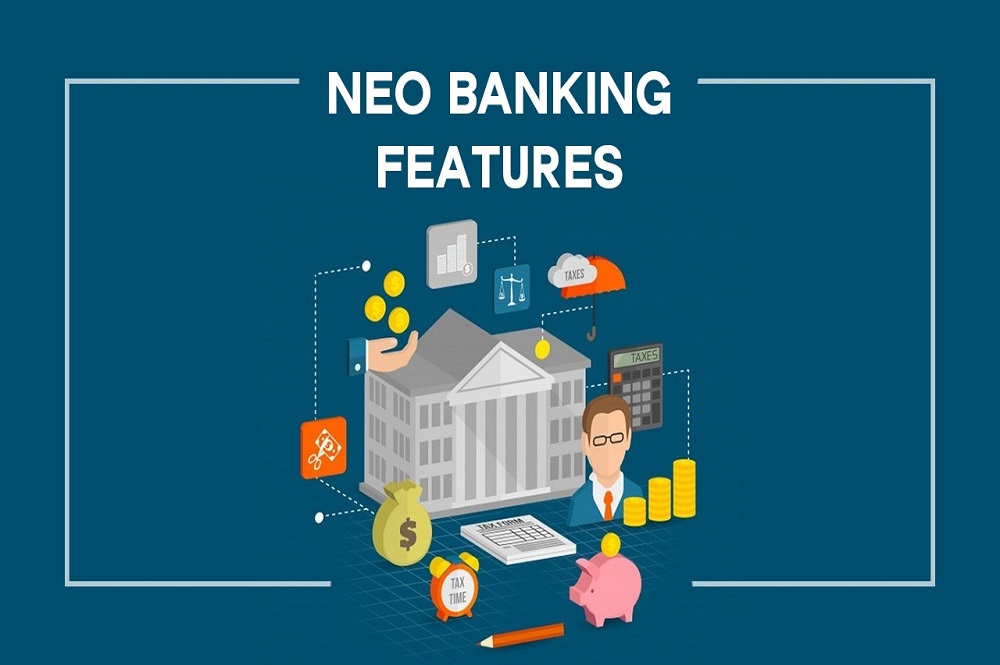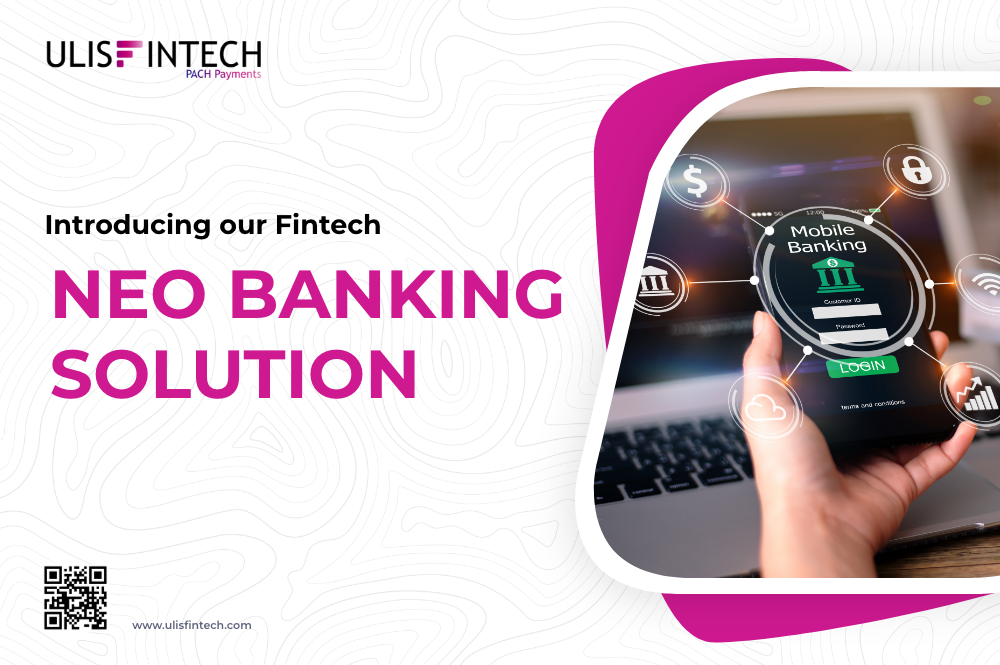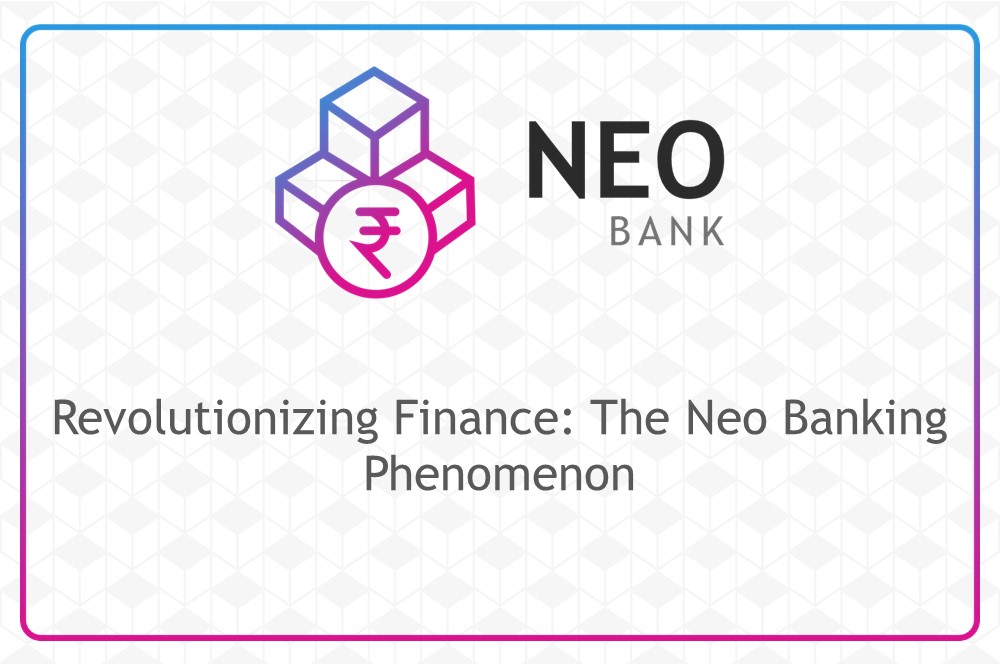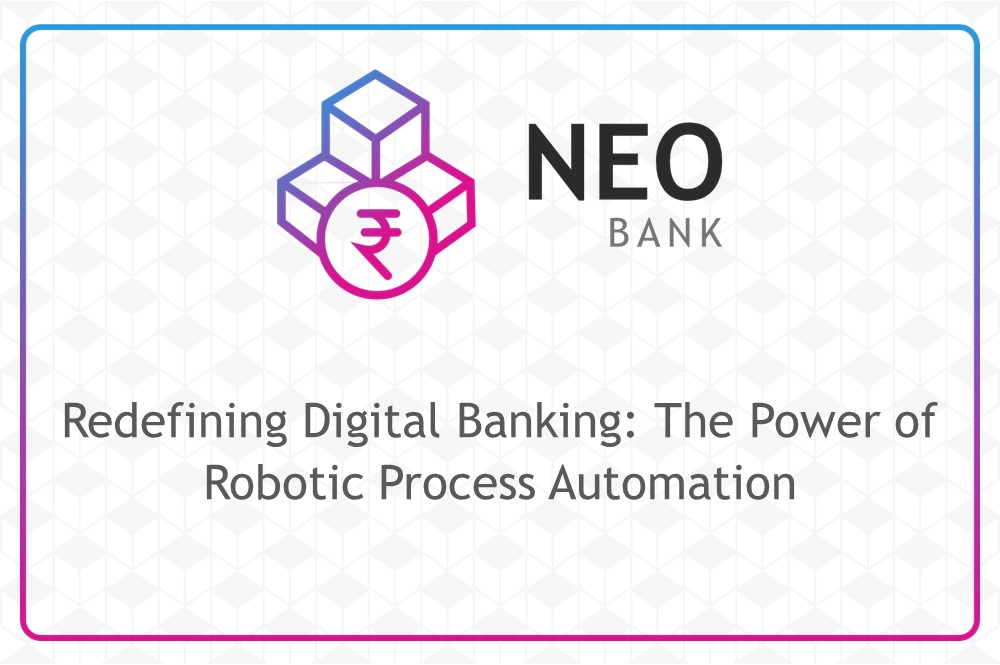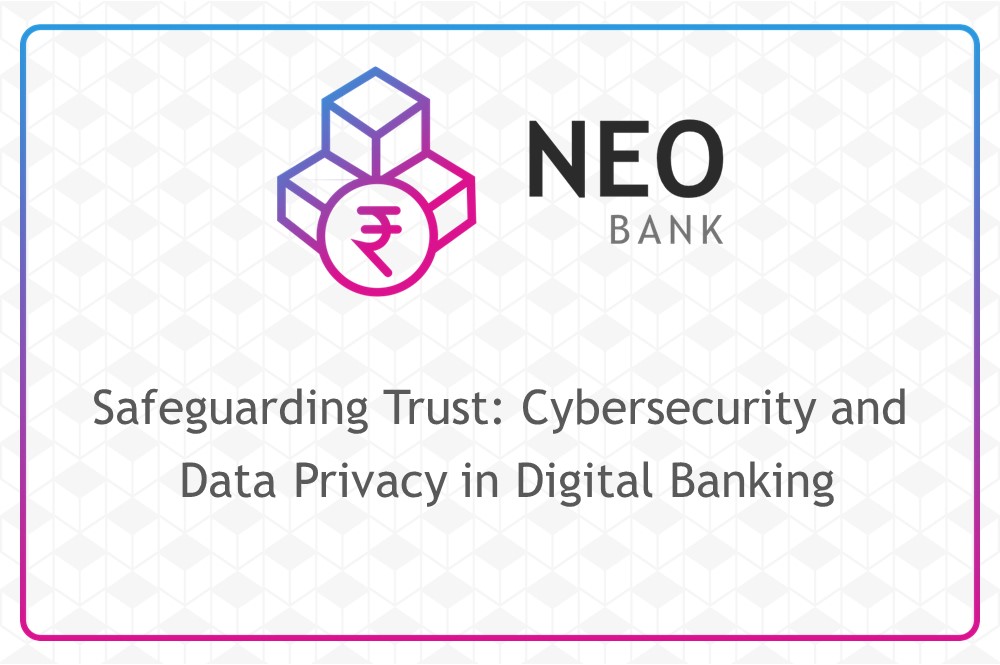The Growth of Finance Solutions - Challengers and Neo Banks
May 05, 2022 - 15 MINS READ

The growth of finance solutions: challengers and neo banks
With the flood of new contemporary banks focusing on digital-only banking, the UK is quickly becoming one of the world's most 'Fintech-friendly' countries. The Bank of England's more open attitude toward FinTech, the availability of low-cost cloud infrastructure, and the proliferation of mobile technologies have enabled these banks to establish new business models that challenge the way traditional banks operate by establishing best practices for challengers and neo banks.
A setting that is 'Fintech-friendly'
The Prudential Regulation Authority (PRA), the financial services regulator, has made it substantially easier to get a banking license, lowering the barriers to entry in the market for fintech start-ups. Traditional regulatory hurdles on which existing banks formerly depended are eroding, resulting in a clearer pathway for establishing a new bank and, as a result, increasing market competition.
However, while this is mostly helpful for fintech start-ups, they are still faced with the difficulty of satisfying current requirements, which established banks are familiar with and well-resourced for. Regulatory violations, penalties, negative press, and internal administrative expenditures to minimize regulatory obligations are essentially challenger banks' Achilles' heel.
Furthermore, scalable cloud infrastructure is helping challenger banks to get a market presence by providing them with an operational model that requires less capital input to form a bank. What's notable is how this cost structure differs from that of the market's incumbent banks. Existing banks have a long history of functioning in a more traditional structure of significant capital investment, with vast legacy estates and tech debt that limits a speedy transition to the cloud. This allows challenger banks to free up money and invest more in innovation rather than big operating expenditures to manage the bank. As a result, these institutions have been able to double down on the elements that first drew people in.
Customer-centeredness
This digital presence is focused on the consumer, notably through simplifying digital banking by targeting areas of friction in traditional banking operations with more concise processes such as:
- Digital customer care is available 24 hours a day, seven days a
- Freezes on credit cards
- Streamlined bank transfers
- Foreign transaction (FX) expenses for overseas spending are zero.
- Processes for digital consumer onboarding that are quick
These products have resulted in substantial success for this FinTech in recruiting consumers at around a 75 percent cheaper acquisition cost, for the most part without ever delivering anything new, but rather by providing banking services in a more seamless manner.
To enable these capabilities, challenger banks have made significant investments in user experience and efficiency. The major shift in the strategy adopted by these financial start-ups was a shift away from a fragmented user experience (UX) design process and toward one that encompasses the whole firm. This is considerably simpler at a smaller fintech start-up, but the impact of developing a unique approach to in-app banking innovation is enormous. This emphasis on client centricity in all banking processes has caused the sector to take notice of FinTech.
The sector has been put under incredible pressure to improve digital banking as a result of the emergence of challenger banks, to the point where all banking systems are incredibly sophisticated, with walk-in branches practically becoming a thing of the past.
The consequence of the Covid-19 epidemic has only increased this. Customers have shifted away from traditional banking techniques and toward digital operations because of health and safety concerns raised by the epidemic. As a result of this,
- Non-cash payments increased by 14%.
- The rapid adoption of online and mobile banking
- In April 2020, 90 percent of face-to-face purchases will be contactless.
- During the first shutdown, 12% of the population (six million) downloaded an online banking app for the first time.
The establishment of a marketplace
Banking is anticipated to expand into a more comprehensive digital offering in the future, incorporating services other than financial, such as utilities, telecom, and retail, in a one-stop-shop kind of marketplace. Banking as a Service (BaaS), open banking, and the PSD2 law have made it feasible for consumer data to be securely shared across different parties, opening up several opportunities for integration with third parties from outside or within the sector.
The most famous example is the number of incumbent banks, such as Barclays, HSBC, and NatWest, who give the option to access other bank accounts in their own Mobile app via account aggregation, which is an example of open banking inside the industry. However, when it comes to the possibilities of open banking, this is just the tip of the iceberg.
Furthermore, this potential is not just available to Fintechs and conventional banks. As technology advances and banking becomes more digitally focused, we can expect larger technology companies (such as Uber, Apple, Google, Facebook, and Amazon) to move away from this partnership relationship and instead offer their own digital financial services app, incorporating their technology, partnerships, and financial offerings. Furthermore, the potential reach of this extends beyond the banking and technology industries, since the world's largest retailer, Walmart, has announced its intention to re-enter the financial services sector.
Gaining attention in the financial sector due to their exceptional service
Banks have traditionally met all of our financial requirements, including loans, cash deposits, debit and credit cards, and insurance. Banks have catered to the majority of their clients' needs through their global network of branches.
However, by founding neo-banks, fintech start-ups and corporations have created a comfortable, hassle-free new-age banking experience. The use of robots, machine learning, and artificial intelligence have enabled fintech businesses to provide a diverse variety of solutions to conventional bank clients' challenges.
Challenger banks, which are commonly regarded as small-medium retail businesses formed with the goal of competing against other, larger, and more established financial institutions, are ushering in a new age in finance for clients.
Neo banking refers to a bank that operates without a physical branch network, that is, a banking company that is conducted solely online. Neo banks, like traditional banks, often provide a wide range of services. Neo banks facilitate practically everything, from opening accounts to appraising an individual's or an enterprise's creditworthiness.
Although not limited to the United Kingdom, challenger banks have found the country's financial climate to be fertile ground for innovation, with some of the most notable worldwide examples starting there. The terms neo-banks and digital banks are frequently used interchangeably. It is crucial to note, however, that while both types of banks solely provide digital services, the digital bank is typically an online-only partner or a subsidiary of a traditional bank. Neo-bank, on the other hand, is an independent financial technology corporation that operates without a physical presence.
Following the 2008 financial crisis, regulators began promoting more market competition in order to reduce the fixed concentration of power held by the UK's major institutions.
Future of fintech services
Neo-banks are at the vanguard of the global financial services transformation.
- The neo-banking market grew at a CAGR of 50.6 percent between 2016 and 2020.
- The neo-banking market is expected to reach $50.2 million by the end of 2020.
- If central bankers grant regulatory relief, the Indo-Pacific and European areas are primed to create significant commercial possibilities for neo-banks.
- By 2025, China is expected to be the greatest place for the neo-banking industry to develop.
Despite being an all-encompassing word, challenger banks can be divided into subcategories:
- Digital Payment: These are totally virtual organizations with no physical locations.
- Lenders to businesses
- Challenger banks with a high-street presence
As clients get acclimated to the ease of digital banking and become less reliant on ATMs and physical branches, conventional banks may discover that they must partner with tech entrepreneurs in order to remain competitive.
Meanwhile, challenger banks will continue to bring much-needed variety to the banking sector, improve the online client experience, and provide services that only the nimblest businesses can build.
Fintech services vs Traditional banks services
The concentration on digital technologies and online client experience is perhaps the most noticeable distinction between these and traditional banks. Although these characteristics have gained traction in general in recent years, challenger banks have frequently been the conceptual forerunners.
Customers can frequently benefit from a broader selection of goods and services to meet their needs, as well as lower interest rates than equivalent options on the high street.
The Advantages of Challenger Banks
As previously said, these banks frequently place a strong focus on digitization. Digital or app-based banking has many great advantages, the most important of which is that by not operating an in-person branch system, they can avoid the high costs associated with running and staffing premises and instead invest that money in better service and product innovation, and sometimes even lower customer costs.
Not only that, but they have thrived during the epidemic and before it, owing to their client’s ability to meet their financial demands via their phones or laptops from the comfort of their own sofas. Of course, there are restrictions to what can be accomplished online, but the rich innovation developed by these institutions makes it easier for consumers to obtain what they want, even after severe identity verification procedures. Whereas creating a bank account at a traditional bank may necessitate an appointment, the procedure with a digital bank may be completed in a matter of minutes.
- Challenger banks are also known for their colorful, modern logos, as well as their brightly colored debit and credit cards. It's not the most technological feature, but paying for your coffee with a bright pink debit card is a nice touch.
- With rivals bringing their own bells and whistles, this has been a fantastic step for the banking sector as a whole. Not only are they diversifying the business and giving a plethora of alternatives for consumers, but the massive advances that challengers are implementing are inspiring incumbent banks to follow suit.
- To stay up with the newcomers, challenger banks have driven incumbent institutions to examine their own offers and innovate. This is a win-win situation for everyone since the banking business is evolving into a sector brimming with valuable products and solutions, offering clients a plethora of possibilities.
The Benefits of Neo-Banking
- Simple Account-Opening Steps: Even while the method for opening a traditional bank account is less complicated than in the past, there is still enough paperwork and form filling necessary, and some banks even require consumers to visit the local bank office to create a deposit account. The process is simple with neo-banks, and there is no need for clients to visit a branch to establish an account because none exist! On a mobile phone, the account may be opened in two to three steps.
- Reduced expenses: Because there are no physical branches to maintain, neo-banks save a lot of money. As a result, there is no withdrawal fee or yearly or monthly maintenance charge.
- Simple and user-friendly interface: Neo-banks give a better client experience by utilizing superior technology. The applications and websites are extremely responsive, in contrast to traditional banks, where net-banking websites are sometimes riddled with problems and mobile applications frequently lag.
- A win-win situation for SMEs: The process of disbursing funds to suppliers and other stakeholders is time-consuming, exhausting, and at times frustrating. Neo-banks deliver simplicity; they demystify the whole process by lowering the amount of human work necessary and by providing uniform platforms to monitor money movement. Not only that, but other services such as taxation, transactions, budgeting, and accounting are also provided at a reduced cost to MSMEs.
Conclusion
It's an interesting time for the financial services industry, as the rise of challenger banks over the last decade has introduced new ways of banking, making banking simpler and more advantageous for customers while putting pressure on others in the market to follow suit – but who is the true winner? Everyone is the correct answer. Existing banks have been able to adopt a new approach to banking, new market entrants have been able to acquire a piece of the market, and the end-customer benefits from more market choice as well as a digital banking experience that is more focused on their needs and desires.
